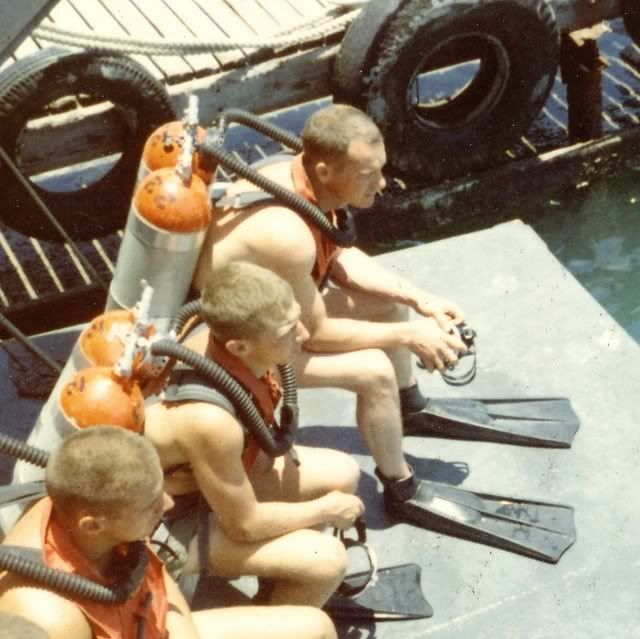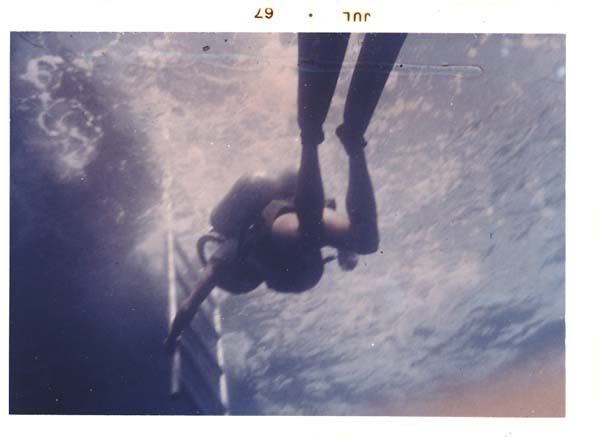Okay, but you need to be aware that the aluminum tanks in this 1970 U.S. Navy report are not the same ones you think about today. These were a special tank made only for the U.S. Navy, with an old technology with a 3/4 inch opening at the top and a plug in the rounded bottom (look at the report and see). These are the tanks this report was talking about (aluminum):


These tanks are no longer in the inventory. They went out when US Divers Company came up with their newer aluminum tanks. I used them in the U.S. Naval School for Underwater Swimmers in 1967. They were in the inventory until probably the mid-1970s. They had a 15 year lifetime (as I recall), and could not be hydrostatically tested.
The steel tanks in this report were truly "low pressure" as they were the "steel 72" rated at 2250 psig (2475 psig at 10% overfill with the "+" sign, and at this pressure they were 71.2 cubic feet). This is what they looked like:

In short, you are comparing apples to oranges if you try to use this report to discuss today's steel and aluminum tanks.
Realize that during that time the U.S. Navy was involved in the Vietnam War, and they were doing all sorts of things to try to keep their SEAL teams going. Probably the same is true today. The probable purpose of this report was to see what would happen for SEALs and UDT who were in combat ops, and who's lives may have depended on that overfill. This is a long ways from cave diving for fun.
SeaRat
Thanks for pointing out that they changed, I did not notice that the aluminums were different than aluminums of today. I did think about the small number of steels in the study later after I posted, and dont think it is statistically relevant (n=3)...it sounded like they just had three steels laying around and decided to blow them up too. Cool pictures by the way.




